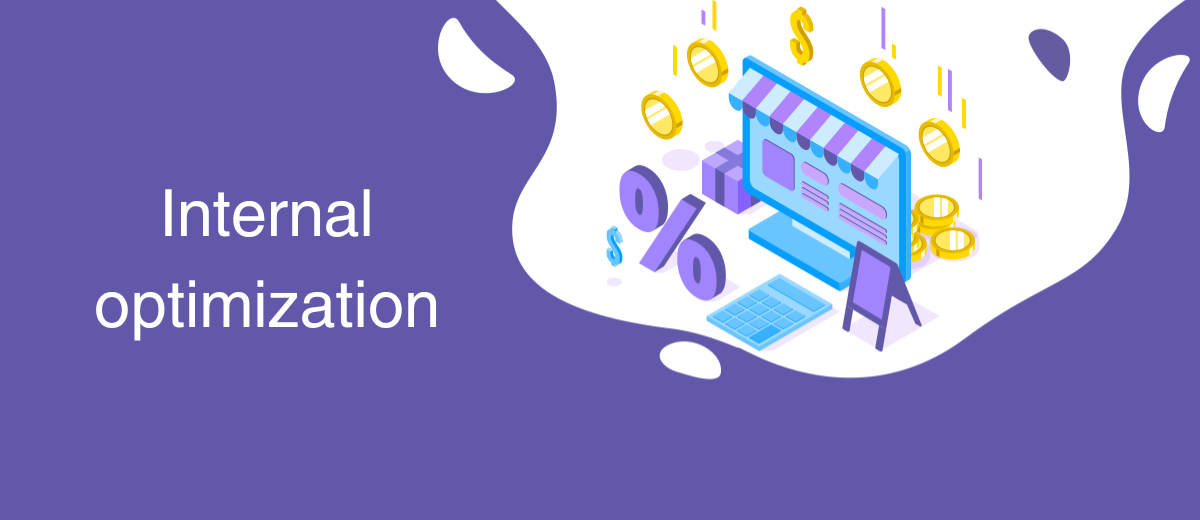Internal optimization
Internal optimization is a critical aspect, focusing on enhancing a website's performance, user experience (UX), and search engine rankings. This process involves making various adjustments and improvements to the website's design, content, structure, and technical aspects to ensure its effectiveness in attracting and retaining customers.
One of the primary goals of internal optimization is to improve a website's search engine rankings, allowing it to appear higher in search results and attract more organic traffic. This can be achieved through several methods, including:
- Keyword optimization: Identifying and integrating relevant keywords into website content, titles, and meta tags to help search engines understand the site's purpose and rank it accordingly.
- Content quality: Creating informative, engaging, and well-structured content that provides value to the users, while also adhering to search engine guidelines.
- Meta tags and header tags: Ensuring that title tags, meta descriptions, and header tags are optimized for search engines to understand the site's content and relevance.
- Image optimization: Reducing image file sizes and using descriptive alt tags to improve website loading times and search engine understanding.
- URL structure: Designing clear, concise, and descriptive URLs that accurately reflect the content of each webpage, making it easier for search engines to index and rank the site.
- Internal linking: Creating a logical and user-friendly site structure by connecting relevant pages through internal links, improving user navigation and search engine indexing.
- Mobile responsiveness: Ensuring that the website is responsive and optimized for mobile devices, catering to the increasing number of mobile users and search engine preferences.
- Site speed: Optimizing the website's loading time through bare metal server and file optimization, compression, and caching techniques to enhance user experience and search engine rankings.
- Technical SEO: Addressing technical aspects such as XML sitemaps, robots.txt files, and schema markup to facilitate search engine crawling and indexing.
Internal optimization is an ongoing process that requires continuous monitoring, analysis, and adjustments to stay up-to-date with search engine algorithm changes, user preferences, and industry best practices. Effective internal optimization can lead to increased website traffic, higher conversion rates, and ultimately, greater e-commerce success.
Back Home eCommerce Encyclopedia
- Automate the work of an online store or landing
- Empower through integration
- Don't spend money on programmers and integrators
- Save time by automating routine tasks
Set up integration without programmers – ApiX-Drive
Articles about marketing, automation and integrations on our Blog


